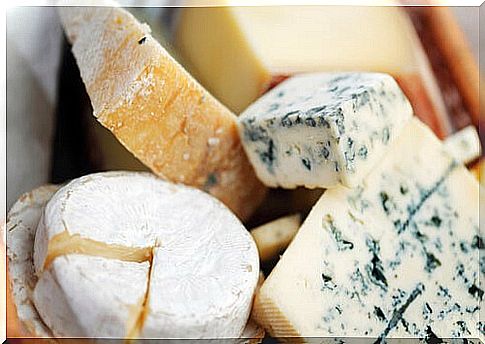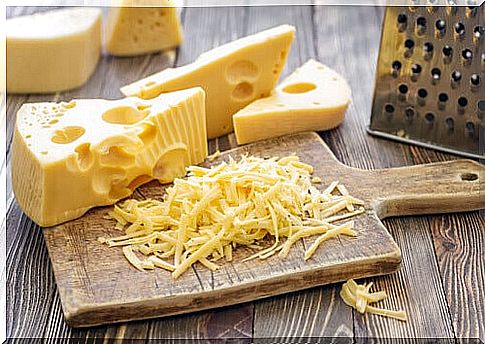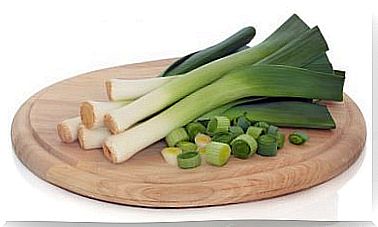Cheats For Cutting Cheese
Today, we have a wide variety of tricks for cutting cheese. While it seems like a simple and unscientific task, actually you have to know how to do it correctly so as not to spoil . Each type of cheese requires different handling, according to its shape and properties. Do you want to know how to cut it?
Some varieties of cheese are difficult to cut, especially because of their texture. When making the cut, they can break, stick to the knife or generally lose their shape. For this reason, it is important to dig a little deeper into each variety of cheese and the methods for its proper cutting.
The best tricks for cutting cheese
The problem with not knowing how to cut the cheese correctly is that its shape can be damaged and, therefore, it will be difficult to give it a good presentation on the plates. So, It is convenient to know the best tricks to cut cheese according to its shape or variety. Take note!
Round, small and flat cheeses

Cheeses with this shape, such as cheese Camembert, they should be cut into equal triangular portions, as when cutting a cake. The cut starts from the center to the edges and must be done with a sharp knife.
- One trick to prevent the cheese from sticking to the knife is to run the utensil under hot water before making the cut. Of course, you dry it well before using it.
Tricks for cutting cheese brie
The type cheeses brie , that is, those that are round and large should be cut into large slices and then cut in two. With these, a wire knife or one with a perforated blade could be used.
- In this case, the previous trick works for us. However, if you want to try something different, run the knife blade through oil before making the cut.
Cylindrical cheeses
Cheeses whose shape is cylindrical, such as the goat roll, are used today in the preparation of salads and toasts. It is very delicious. Nevertheless, so that it is not damaged when cutting it, it is best to cut not very thin slices.
- The trick here is to use a very sharp and damp knife, and wet it in each cut to ensure its effect.
Hard cheeses, Manchego type

Hard cheeses are those that have been subjected to a pressure process to make them compact. The age of the cheese will determine its greater or lesser consistency. Going back to the main topic, the recommendation is to cut it at room temperature with a double-handled knife.
- The first thing will be to cut it in half, then a wedge and, later, make equal triangles half a centimeter thick.
Tricks for cutting Parmesan cheese
As we well know, Parmesan cheese is used as a complement to pasta, lasagna and other typical preparations of Italian cuisine. Although it is a very hard cheese due to its maturity, it doesn’t really require such a special cut. In fact, it is enough to grate it or make flakes.
- Simply take the piece of cheese and cut it into uneven pieces or grate it for a sprinkle.
Blue cheeses
Cheese varieties such as Roquefort or Cabrales, are semi-hard and fatty cheeses whose cutting involves some difficulty. In fact, do not expect a perfect cut, as it is often uneven. For a cleaner cut, the ideal is to use a wire knife. Also, if it is blue cheeses in wedges, you can do it like this:
- You put it on one of the two sections and cut it into a fan shape.
A trick to cut all kinds of cheeses
As an extra we want to share a curious trick that we have found to apply on all types of cheese. In fact, you won’t need a knife. Instead, t You’ll have to get unflavored floss.
- Once you have it, cut a piece of dental floss longer than the cheese.
- Next, pass the thread from one side to the other, in the part that you want to make the cut.
- Repeat the action until the cheese is chopped to your liking.
Did you know these tricks to cut cheese? If you always spoiled it by not knowing how to cut it well, apply what you learned today to avoid having this problem again.









